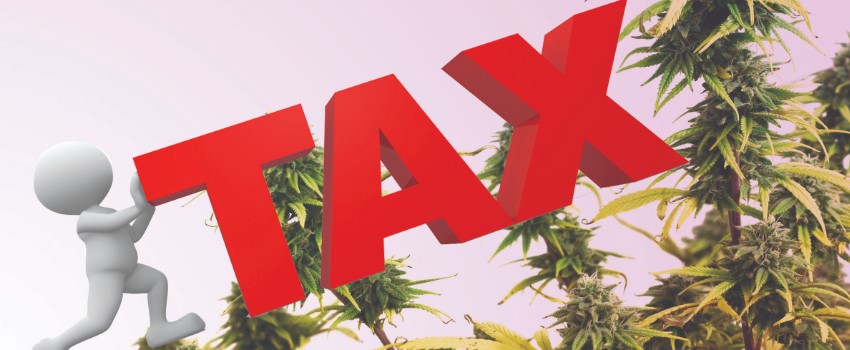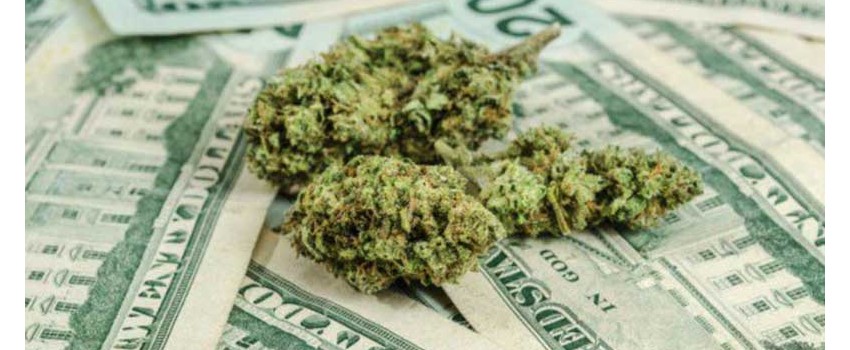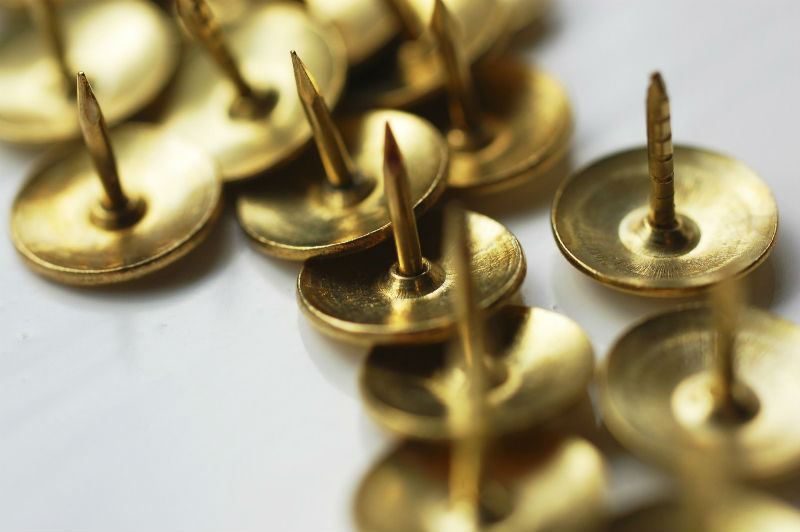In our last article, we covered a lot of practical planning considerations before you start your caregiving service. In this planning article, we want to discuss the equipment powering your grow, because you are now caregiving for others. Because we believe that cannabis is medicine, we need to start thinking about medicinal-quality products, and the best methods to produce them.
Pre-Harvest Equipment
In our How-to-Grow 100s series, we talked about growing in a tent in soil, generally inside your own home. We brought up a variety of different pieces of equipment and tools you might want to use, including lights, nutrients, and watering systems. As we get more advanced by growing for others, we should start opening up our horizons to other pieces of equipment and more advanced ways to grow.
Now that said, there’s nothing wrong with continuing the model of growing we introduced in the 100 series. If you want to grow in soil, that’s ok! Plenty of professionals do too. You can even see them on our Canna Cribs series. If you want to continue using LEDs, plenty of professionals do too. What we want to do is simply open you up to the possibility of new avenues of growing and let you choose for yourself what works for you.
Media
The first thing we should discuss is what medium you are growing your cannabis in. In our 100s series, we primarily focused on growing in soil. Soil is still one of the most common mediums for growing cannabis, but it’s not the only medium, nor is it always the best. Soil often takes up a lot of space, and is harder to control than other mediums. However, unlike other mediums, it is self-regulating with microbes and requires fewer nutrients and less monitoring. It is also what plants evolved with, so they are best suited to it.
But if you want to save on space or have more precise control over your grow, you will want to consider other mediums. These mediums are often referred to as “inert” because when you buy them, they contain no nutrients and no microbes. They are simply a platform for roots to grow off of.
Here are some of the more common ones you will hear about on a frequent basis:
- Coco Coir, or “Coco” is made from the husks of coconut shells. Many growers often mix coco and soil together as a sort of “hybrid” medium which has microbes in it already, but easier to regulate.
- Rockwool is a medium that is created when rock is superheated and extruded into thin strands. These thin strands are then spun into cubes or blocks that are completely inert, but are great for roots to take hold of. Rockwool is a bit more finicky, but allows for very precise control.
- Clay/Sand/Pebbles are “classic” mediums of hydroponic growing when it first started. They allow a plant’s roots to grow and are totally inert, but may be harder to work with than rockwool or coco coir. However, they are sterile and relatively easy to work with.
Picking what works best for you is often a matter of preference and the amount of time you’d like to spend on your plants. Growers who like to focus on the fine details may prefer more labor-intensive mediums like rockwool that provide more control, and growers who want to have their hands off of the process may lean more towards soil. Try experimenting with the different types to find out what works best for your style of growing.
Lights
In our How-to-Grow 100s planning article, we recommended using LED lights for first-time indoor growers, due to their relative ease of use and fewer side effects.
But as we move into a caregiving role, it may be worth considering HID bulbs or even hybrid lighting systems. HID bulbs come with significant trade-offs that may be worth it to a small caregiving operation: They are cheaper and put out significantly more light per fixture, with the downsides that they draw more power, generate significantly more heat, and must be placed further from the plant canopy.
There are several types of HID bulbs, and each is slightly different:
- Single-Ended vs. Double-Ended -- While not technically a bulb “type,” single-ended bulbs represent an older HID technology, and double-ended bulbs are a newer, more efficient HID technology.
- Metal Halide (MH) -- Metal Halide lights produce a bluish-white spectrum, and may commonly be observed in stadium lighting. They are very bright, but are a slightly older technology as well. Their spectrum is best suited for the vegetative stage.
- Ceramic Metal Halide or Light-Emitting Ceramic (CMH/LEC) -- CMH/LEC represents an advancement in metal halide lighting technology, and also emits a bluish-white spectrum. They are more energy-efficient than MH, but also more expensive. Their spectrum is best suited for the vegetative stage.
- High-Pressure Sodium (HPS) -- HPS lights use entirely different compounds to produce a strong orange/yellow light. HPS is energy efficient, and contains a spectrum ideal for the flowering stage.
One other thing worth mentioning is hybrid lighting technology. We’ll discuss it more in the 300s How-to-Grow articles, but hybrid lighting essentially brings the sun indoors, similar to a greenhouse. Hybrid lighting design requires you to own whatever facility you’re looking to modify (or have a rent agreement that allows facility modification), so we won’t get too much into it just yet.
Automation
As your grow gets larger, you may want to consider automating certain basic tasks such as watering or lighting. Most growers interested into getting into automation start with timers that can regulate when the power is on or when the water is flowing. As you start to get a sense for how these automation tools work and you get some more cash flow, you may consider leaping for more advanced controllers that can manage multiple machines and control the environment, including factors such as humidity. If you know a thing or two about programming, you might even be able to design your own controllers with a Raspberry Pi.
We’ll talk about some of the more-advanced automation techniques in the 300s course, where labor becomes more critical as your scale increases. Automation allows you to reduce a significant amount of labor needs without a significant reduction in quality.
Post-Harvest Equipment
Processing
In the course of our How-to-Grow series, we will not be explaining how to perform extractions, because they are often dangerous and require serious technical knowledge to perform properly. If you would like to learn more about how to perform extractions, it’s hard to go wrong with chemistry classes at a community college or university. Of course, there are always resources online, but their value may vary. We do NOT want you blowing yourself up.
However, as a caregiver, some of your patients may ask for more than just cannabis flower to consume. While a caregiver is not required to provide edibles or extracts, it is a service you may be interested in providing to increase your clientele base. To that end, there are a few basic types of extraction:
- ”Traditional” Extractions
- Traditional extractions require relatively few materials beyond ice, sieves, and pots or pans.
- Solvent-based Extractions
- Solvent-based extractions primarily require a solvent, cloth, and trays or pots.
- Hydrocarbon Extractions
- Hydrocarbon extractions use carbon-based chemicals to pull cannabinoids out of the flower.
- Rosin Press
- Rosin presses use heat and temperature to "squeeze" oils and materials out of the flower.
- Supercritical/Subcritical CO2 Extractions
- Supercritical/Subcritical extractions use high pressures and a variety of different temperatures to pull all the goodies out of flower.
Hydrocarbon, Rosin Press, and Supercritical/Subcritical CO2 extractions all require specialized equipment to perform properly.
Conclusion
Alright! That covers most of what we need to for equipment for your caregiving grow. Remember that a lot of these equipment choices are based on your personal preference and what you think works best for producing healthy medicine for your patients.
We’re almost done with the planning stages for your caregiving grow, but we have a few more things we need to touch on before we release you!
10 Best Gift Ideas for Cannabis Connoisseurs and Growing Aficionados (2022)
December 7, 2022Developing and Optimizing a Cannabis Cultivation System
December 14, 2021Dealing with Insomnia: How Can CBD Help?
December 10, 2020Your Guide to Sleep and CBD
December 7, 2020
Do you want to receive the next Grower's Spotlight as soon as it's available? Sign up below!

Do you have any questions or comments?

About the Author
Hunter Wilson is a community builder with Growers Network. He graduated from the University of Arizona in 2011 with a Masters in Teaching and in 2007 with a Bachelors in Biology.

















